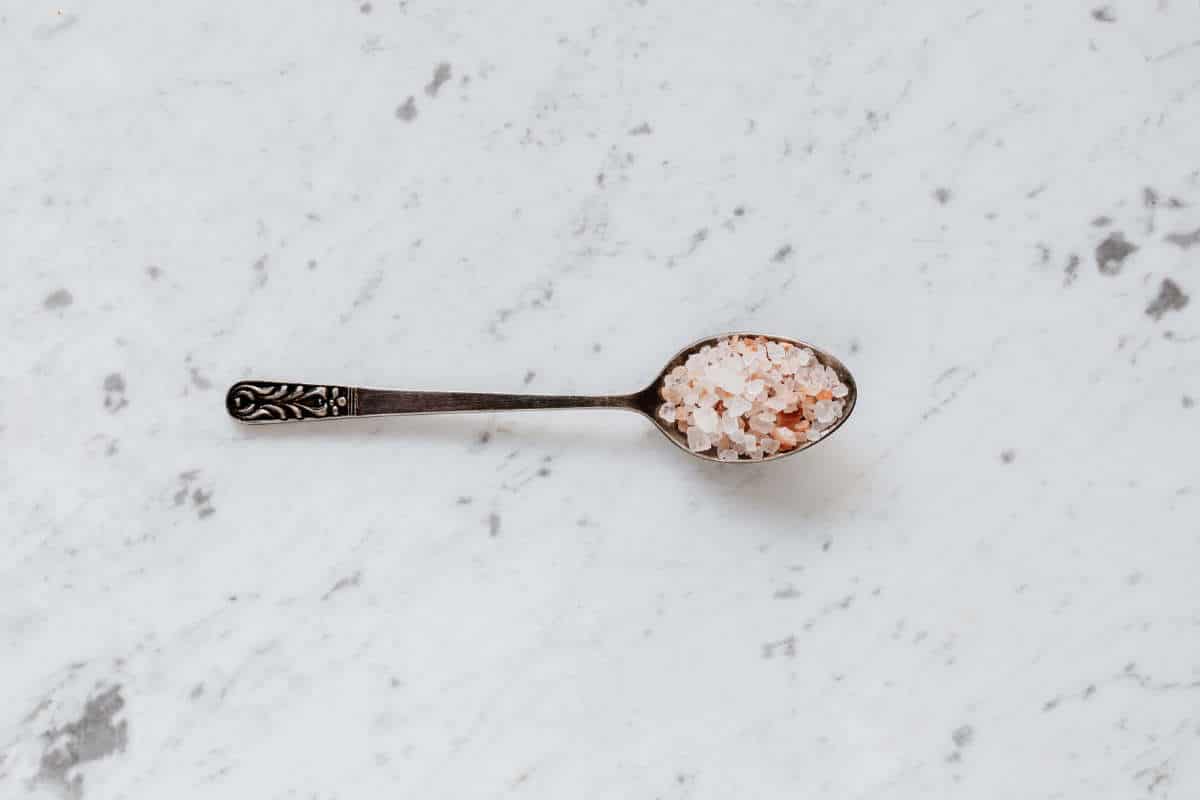We all eat way too much salt, resulting in life-threatening ailments. But the solution is simple.
Season to taste with salt and pepper. It is a common piece of advice in many recipes. But what many people may not realize enough is that too much salt can be very harmful to your health. So researchers started looking for a better alternative.
table salt
Table salt is in many products. You may sprinkle it on your own food, but it is also in ready meals, bread, snacks and pizzas, for example. And simply put, too much salt is bad for you. “Almost everyone in the world eats more salt than they should,” said study researcher Bruce Neal.
…we also eat way too much salt in the Netherlands? For example, more than 85 percent of the Dutch population eats more salt than the recommended guideline of 6 grams. Adult women consume 7.5 grams of salt daily and men no less than 9.9 grams per day.
–
This high intake of table salt can have serious consequences. Especially if you eat little potassium – which is in fruit and vegetables – at the same time. For example, consuming a lot of salt and little potassium are both linked to high blood pressure and significantly increases the risk of stroke, heart disease and premature death.
Alternative
However, cutting salt from your diet is not an option for many people. “It would be best to stop using salt altogether, but that’s just not feasible for many people,” Neal said in an interview with Scientias.nl. “A salt substitute is a good compromise.” More and more people are calling for a healthier salt substitute, such as potassium salt. Potassium salt is an alternative in which part of the sodium chloride (of which table salt consists entirely) has been replaced by potassium chloride. However, few studies on the effects of potassium salt on, for example, heart disease, stroke and premature death have been conducted, so many questions remain.
study
In a new study researchers decided to look for answers. Neal and his team surveyed more than 20,000 villagers from rural areas of China. During the study, they were all given enough salt substitute (potassium salt) for free to meet all their needs. Those in other villages continued to use table salt.
After almost five years, the researchers studied the state of affairs. They found that more than 3,000 people had suffered a stroke in the meantime. But those who consumed salt substitute were 14 percent less likely to have a stroke. Among them, the total number of cardiovascular events (thus adding up the number of strokes and heart attacks) had fallen by 13 percent and premature death by 12 percent.
Harmful effects
Moreover, there appear to be no harmful effects associated with the salt substitute. “Our study not only shows clear health benefits of potassium salt, it also allays concerns about potential risks,” said Neal. “We saw no evidence of any harm from the added potassium in the salt substitute. Of course, patients with severe kidney disease should certainly not use a salt substitute, but they should also stay away from table salt.”
Saving lives
These results show that simply replacing table salt with potassium salt can save lives. Millions of lives, Neal argues. “Last year, a pilot study in China suggested that about 400,000 premature deaths could be prevented each year by replacing table salt,” he says. “Our results now confirm this. If table salt were to be exchanged worldwide for potassium salt, it could save millions of lives every year.”
“If table salt were exchanged worldwide for potassium salt, it could save millions of lives every year”
Potassiumzout
If you are afraid that potassium salt tastes significantly different than normal table salt, Neal has good news. “Potassium salt (with a composition of 75% sodium chloride and 25% potassium chloride) has a strong taste of regular salt,” he says. “More potassium can give a bitter taste.” You don’t have to leave it for the money either. “Affordability varies a bit around the world,” says Neal. “But in general, salt is very cheap and so is salt substitute. The latter may be slightly more expensive than regular salt, but it really only saves you a few euros a year.”
Are people willing?
Whether people are willing to leave table salt behind and get a replacement at home? Neal isn’t too concerned about that. “All you have to do is swap one crystalline white powder for another crystalline white powder,” he says. “No far-reaching behavioral changes are needed. In addition, people are becoming increasingly aware of what they eat. And when salt substitutes become widely available and better promoted, I think people will make the switch.” However, it is not only up to the consumer himself. “The salt manufacturer also needs to change what it produces,” Neal continues. “Retailers should change what they sell and governments should promote salt substitutes more and educate consumers about the possibility. That’s a lot of variables. There is probably still a decade of work to be done before salt substitutes are established worldwide.”
Two birds with one stone
The findings from the study show that potassium salt actually kills two birds with one stone. Not only does it reduce the intake of risky amounts of table salt, it also ensures that we better maintain our potassium intake (which many people eat too little). “Switching from table salt to a salt substitute is a very viable and inexpensive opportunity to achieve tremendous health benefits worldwide,” Neal said.
The researcher can hardly believe how far this easy procedure goes. “We now have evidence of a simple intervention that applies to almost everyone in the world, is inexpensive, and can prevent millions of deaths each year,” Neal sums up. “That is really unprecedented. This is usually achieved with vaccines, not food herbs. The study is simply the most valuable research I have ever been involved in.”
–


